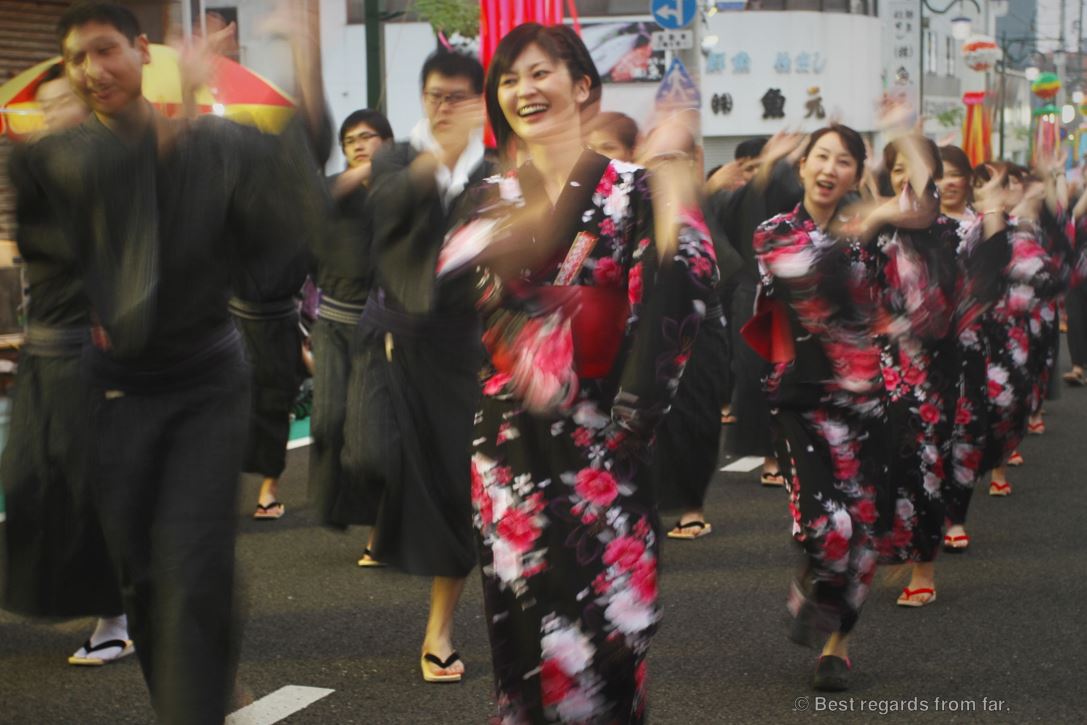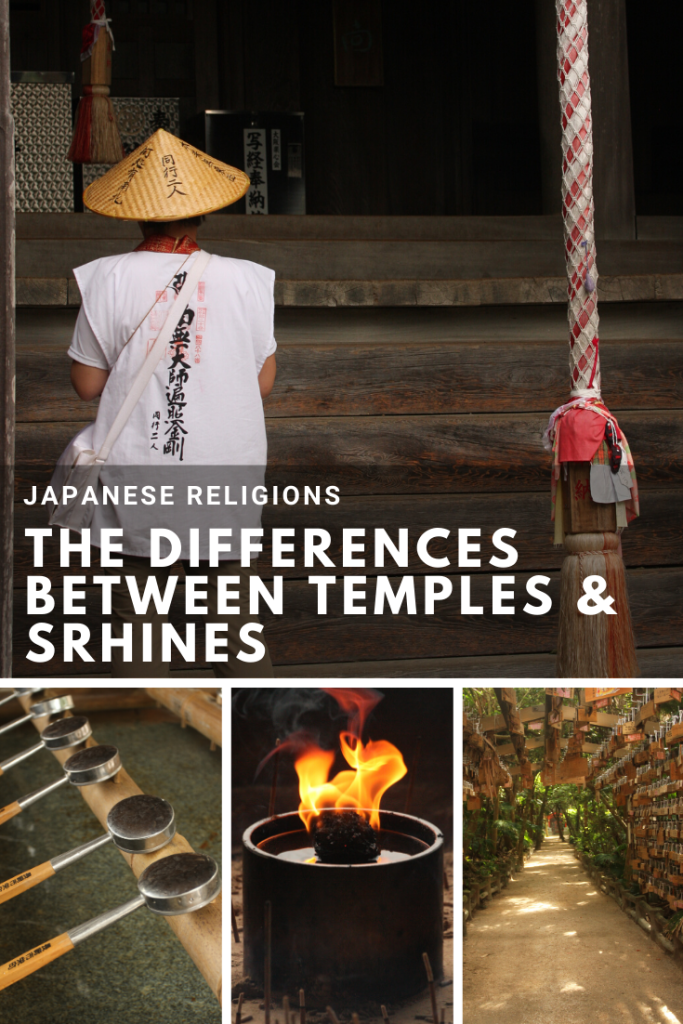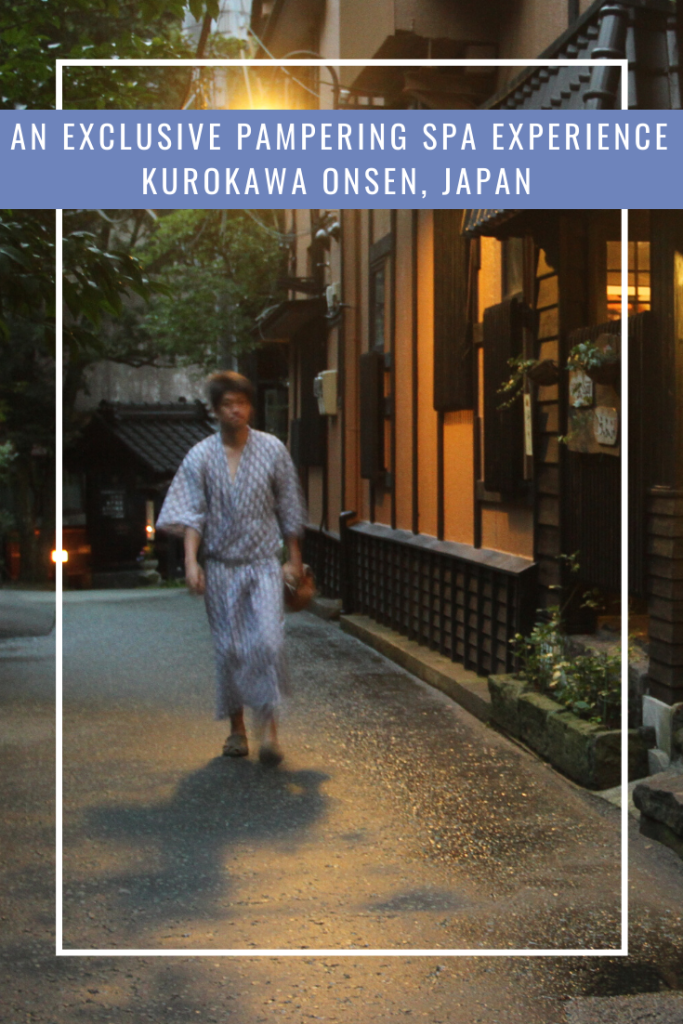Article updated on January 19, 2024
Text & photos: Claire Lessiau
Shinkansen train from Tokyo to Sapporo, summer 2015: the little cart approaches, loaded with coffee makers, soft drinks, bento‘s and sweets. The young Japanese female train attendant asks us what we would like in a perfect English with an American accent. We are puzzled!
Pin it for later!

Travelling through Japan from Kyushu to Hokkaido for 6 weeks, we haven’t met many English speakers, even fewer daring English speakers. Somewhat paralyzed by a fear of not speaking perfectly and an ill educational system for languages, even younger generations are very far from being proficient in English. At best, some people we came across could recite a set of sentences checking in a hotel, or describing briefly a menu.
I am perplexed. This young woman speaks a perfect English in a country that is trying to open up to tourism, that is to host the Olympics in 2021, and where there is a dramatic shortage of good English speakers. Still, she is serving drinks in a train…
Thinking about it, we have seen many women working as hotel clerks or waitressing, often young. In banks, they would fetch an older male colleague, higher up on the hierarchy to try and deal with us. At hotels, they would go to the office behind the front desk and come back with a male colleague to take a decision. In restaurants, they are waitressing while males are cooking and crafting their arts.
Talking to a few Japanese and reading through different newspapers, it seems to be a fact that there is a huge gap between males and females in the workplace. The tradition-oriented society favors women at home and when they work, it is to end up with a low-end job and a salary that would be on average 33% less than the wages of their male counterpart. In 2014, the world’s third economy was ranked 104 out of 142 countries in the gender gap report of the World Economic Forum! It has not gone any better as Japan ranked 125 in the 2023 gender gap report of the World Economic Forum!




I found a piece published in August 2015 in http://www.japantimes.co.jp by Noah Smith particularly interesting. Noah Smith is an assistant professor of finance at Stony Brook University and a freelance writer for a number of finance and business publication. The piece states: “The problem is that women, though they are going to work, are mostly getting dead-end jobs. More than two-thirds of female labor force entrants, in fact, are climbing onto this slow track, meaning that they are destined to be second-class economic citizens for the rest of their working lives. Meanwhile, male entrants are given fast-track jobs at a much higher rate.
So the labor system is a sort of caste system, with a mostly female lower level and a mostly male upper strata. In some sense, this is progress, because women are no longer confined to the home, and now that they are in the workforce, women will undoubtedly demand better jobs.
But the sclerotic nature of this two-tiered labor market is a huge and continuing drag and it should be next on Abe’s hit list (Japan’s prime minister). Gender equality demands it, but so does the economic health of the nation, since the impossibility of advancing from the lower track to the upper track amounts to an enormous misallocation of talent and skill.”
Driving through Shikoku and Hokkaido, we could not help but notice deserted villages with only a few elderly people. Obviously, the aging population pauses a real challenge to the country’s traditions and politics, and a burden on younger generations. Japan is the only country in the world that decided to voluntarily decrease its population since World War II. A governmental report from 2012 projects that by 2060, the number of inhabitants will have dropped from 127 to 87 millions with about 40% of the population being 65 or older. With one of the lowest birth rates, a historically strict immigration policy (2% of the inhabitants), if Japan does not provide more opportunities to women, the only solution seems to get cracking even harder on its humanoid robots!
Notes:
- To read the full article by Noah Smith.
- Since the publication of this article, Japanese lawmakers passed a law requiring employers of 301 and more to set targets for hiring or promoting women as managers. Still, this statement is a bit weak as setting the target will be done after assessing the company’s situation and there are no penalties in case they are not met, but the public’s opinion. One step at a time…
Like it? Pin it!

For everything about Japan, click here!
Or click on the images below for a selection:









The daughter of Mel’s former colleague is working in Japan in a government district administration job. She is tri-lingual – English, Chinese and Japanese (JLPT N1). Mel’s colleagues in Tokyo also said that more and more service jobs are taken up by non-Japanese too…
Interesting. Her working in a governmental job, would you say that she has reached wage and responsibility equality with her male colleagues? And indeed, immigration is a way of finding more man (and woman) power!
Actually she gets better. Because she has a housing allowance that even her male counterparts do not. But that is the premium of being tri-lingual!
Yes, her skills are rare and Japanese culture requires perfection when it comes to speaking foreign languages, so I’m sure opens doors!
Yes, so for Japanese women, one possible way is perhaps mastery of a foreign language. However, being quite an insular nation foreign language skills are a little lacking don’t you think?
Yes, it was tough to exchange in English. I think that the fear of making mistakes is often greater than the will to communicate. The teaching includes little conversation techniques that would greatly improve language skills.
Exactly. And you know the thing about Japanese people. In all they do, they try to make it perfect – like the content in the little bento boxes you might have bought on the train. And of course there is no real environment for the kids to practice their learnt English in school too!
Precisely! You may be interested in this article: “The frustrations of an English teacher in Japan” –
LOL yes we understand your frustrations. And in business it is not the case. We have loads of good English speakers in the office (Japanese that is).
You might also consider that Japan is not used to large numbers of foreign visitors. This was a more recent phenomena. Even when the waves of Chinese and Koreans start coming some years back, quite many could speak and understand Japanese, so very little is needed for the locals to learn English. And these are still the vast vast majority of visitors to Japan. Not western English speaking ones. You see, if we are unable to get across to the Japanese in English, we can write down what we want to say. They understand. The common language is Kanji!
So true! And we together speak 6 languages fluently but unfortunately Kanji is not one of them 😉
Well, Kanji is just for writing, which remains the medium of instruction in ~50-60% of Japanese written script. So we have a slight advantage!